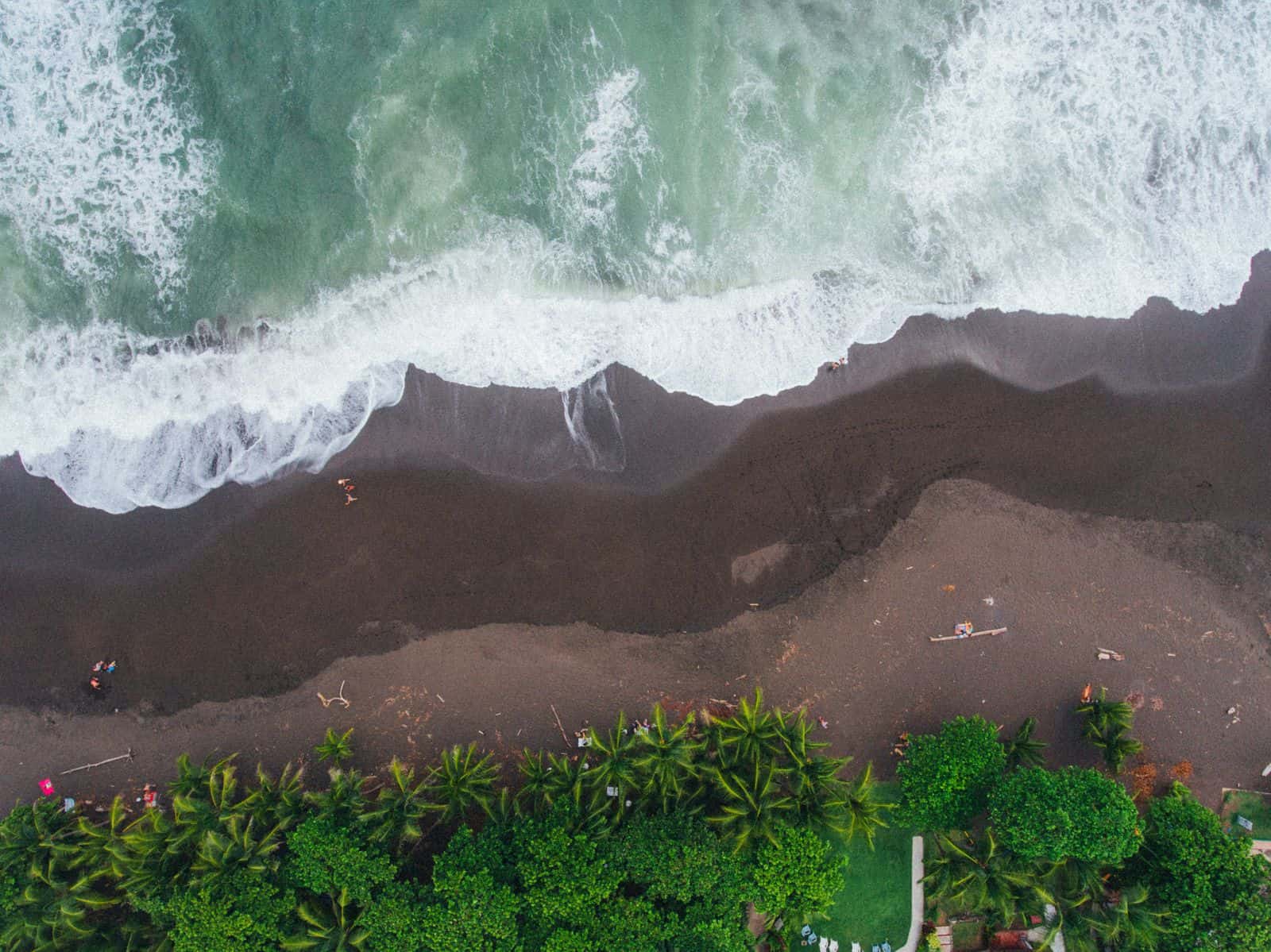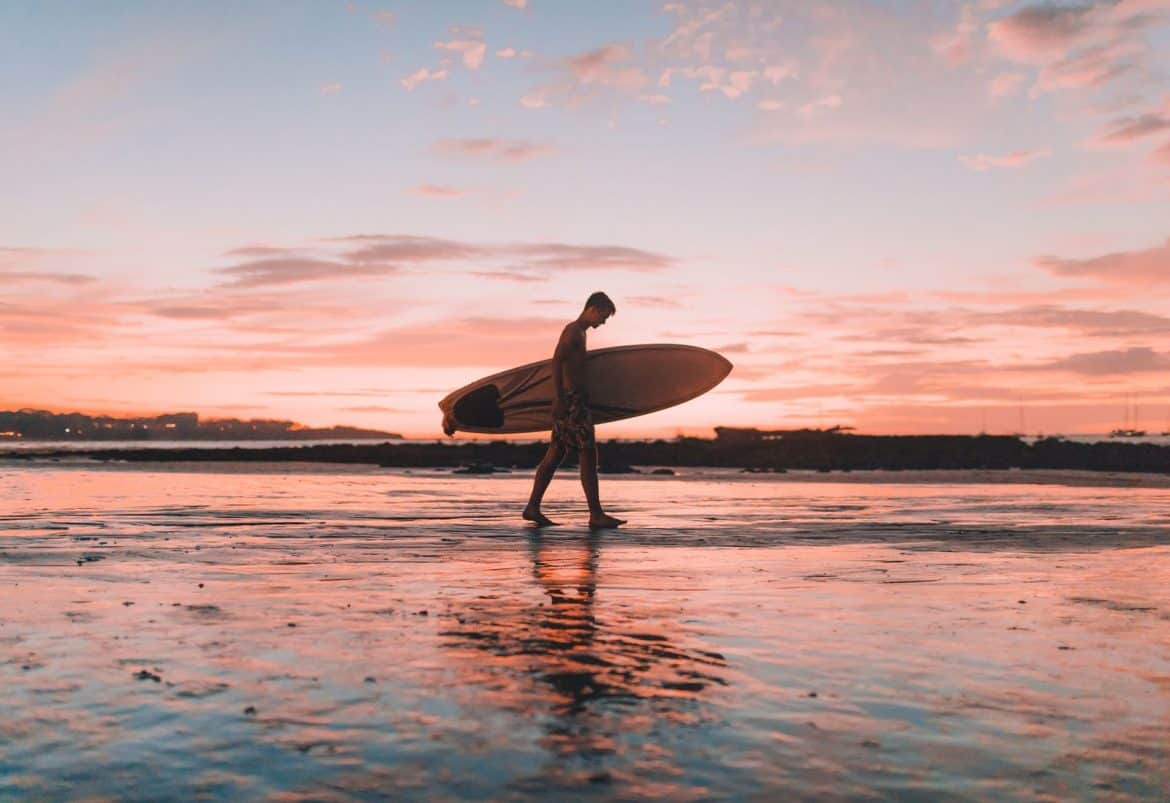If you planning your next surfing trip then you should consider Costa Rica! Costa Rica is one of those places that you definitely need to check out at least once. Catch one of the world famous waves you’ve heard so much about. With almost 730 miles of beautiful coastline and 80 degrees Fahrenheit of a blissful temperature of water, Costa Rica welcomes thousands of surfers all around the year. Now, I know it is not hard to convince a surfer to go surfing…not just Costa Rica, anywhere actually. It’s like pushing fish into water. The thing that is stopping us is usually time and finances. I can’t help you with time but, you can save some money with the right travel deal while flying to this amazing Central American surfing destination. Check sites like CouponsMonk, CheapFlights etc.
But before you go, here are some facts to keep in your mind before you go. What are they?
Read on.
When to surf where?
Costa Rica is definitely one of the more unique and diverse places to surf because it is surrounded by two different oceans. This fact also makes it one of the most ideal surfing destinations, you can basically surf in Costa Rica whenever you feel like going. But still here is some additional info to help you decide. Costa Rica is divided into two main seasons- the wet season, and the dry season. There is plenty of surf in both seasons, but the wet season tends to be bigger, better, and more consistent. And the weather is not bad all the time, it mostly rains at night and even surfing in rain is not that bad, you are wet anyways :). The water is around 80-82 degrees Fahrenheit all year long, so when it comes to water temps the season does not really matter. So, the wet or “rainy” season is from May until mid-November. During this period that the Pacific send lots of northwest, south and southwest swells. Especially SW swells are the bomb :) – June, July, August and September are the months to score them. Extra tip: northern Costa Rica tends to be drier than the rest of the country during the wet season. Dry season is more popular because it is dry and because it happens when the northern hemisphere in suffering winter cold that people want to escape. Waves are smaller, good for learning but still fun.

Then there is the Caribbean coast. You can also surf here, but it’s not as consistent as the Pacific side. October through April is the best time to visit.
Whether or not to carry the surfboard?
Since traveling with surfboards, especially if this will be your first Costa Rica visit and you also want to move around and check out the country a bit, is not the easiest thing to do, people often wonder if surfboards can be rented locally. If you are a good surfer you usually prefer your own surfboard but in other cases, to avoid airline baggage rules and fees and having trouble finding suitable rental car the answer is yes, there are plenty of places in Costa Rica where you can rent a decent surfboard.
Should you get a vaccination?
Some parts of the country have a high malarial risk, so it depends on where you are going. Ask around or talk with your doctor where you should be taking antimalarial medication.
Which place is a must-go?
There are lots of popular surfing destinations in Costa Rica. So here are just a few suggestions: Playa Hermosa is definitely one of the places to check out, it’s nice for beginners when small, when it gets bigger it starts to turn into Puerto Escondido like wave, but with less shorebreak feel. Then there is Playa Jaco which Costa Rica’s main surf town. Lots of things going on – hotels, surf shops, bars, discos. Wave is a beachbreak, not very exciting but usually good.
Another spot that is not only dreamy by Costa Rica standards but is on many surfers world tour bucket list is Pavones. It is an insanely long left, sectioning down a sandy, cobblestone point, close to shore. It is really fickle and needs a big S-SW swell to get it going, but when its on its magic. If the wave connects you can surf up to a kilometre.
Another famous wave is a beachbreak facing a huge rock called Roca Bruja (Witches Rock). Fast walls over sand and loads of fun. And for final suggestion it’s Tamarindo and Tamarindo bay with a nice selection of spots for everyone.

Cover photo by Zachary Shea

